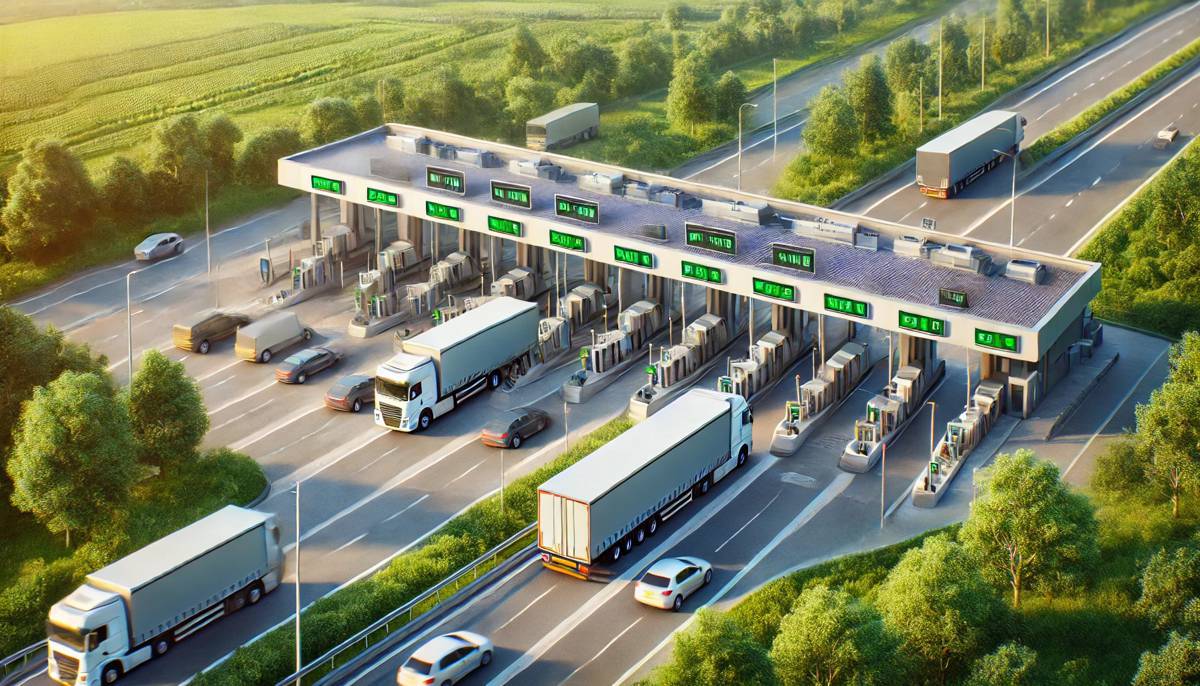EIB supports €330 million traffic upgrades at Port of Rotterdam
The European Investment Bank has agreed to provide ca. €330 million to support the construction of the so-called “Blankenburg connection” between the existing A15 and A20 motorways in the Netherlands that provide access to the Port of Rotterdam. The EIB loan to the project benefits from the European Fund for Strategic Investments (EFSI), the central part of the Investment Plan for Europe, the Juncker Plan.
The project is set to unlock congested traffic and improve accessibility to the Port of Rotterdam, Europe’s busiest harbour. By linking the existing motorways, which run parallel to the port on the northern and southern side, traffic from both sides can benefit from an extra crossing point of the Scheur River, in the Maas river delta. This will not only improve the flow of goods from the port, but also alleviate traffic for local residents and commuters.
“This project is of major importance to the Port of Rotterdam and the wider area.” said EIB vice-president Vazil Hudak. “Rotterdam is the busiest port in Europe, but the goods don’t stop there. Therefore, the Bank is glad it can help improve road access to the Port, but this will also improve traffic conditions for those visiting or transiting through the area, a real benefit for all citizens.”
“This loan made possible by the Investment Plan for Europe, will help decongest traffic around the Port of Rotterdam and will benefit local residents. Everything we do in transport is about people and for people. Lastly, this investment joins an already impressive pipeline of transport projects. To date, the European Fund for Strategic Investments has provided support to 68 transport projects triggering a total EUR 27.6 billion.” added Violeta Bulc, EU Commissioner for Transport.
On a technical level, the project entails the construction of a nearly 5km long stretch of motorway, including submerged and land-based tunnels. Most of the motorway will be “submerged” as seen from ground level, thus mostly remaining out of sight for the inhabitants of the area. The project is designed as a 20-year Design-Build-Finance-Maintain (DBFM), availability-based, Public Private Partnership concession.
The European Investment Bank (ElB) is the long-term lending institution of the European Union owned by its Member States. It makes long-term finance available for sound investment in order to contribute towards EU policy goals. Last year the EIB provided some €2.18 billion for projects in the Netherlands. Amongst the large infrastructure project supported in the Netherlands are the Afsluitdijk, the sea lock at IJmuiden and the expansion of Rotterdam harbour with the “tweede Maasvlakte”.
The Investment Plan for Europe focuses on strengthening European investments to create jobs and growth. It does so by making smarter use of new and existing financial resources, removing obstacles to investment, and providing visibility and technical assistance to investment projects. The European Fund for Strategic Investments (EFSI) is the central pillar of the Juncker Plan. So far, the projects and agreements approved for financing under the EFSI are expected to mobilise over €344 billion in investments and support around 787,000 SMEs across all 28 EU Member States.















